Home>Dining>Tableware>Where Is Acopa Tableware Manufactured?
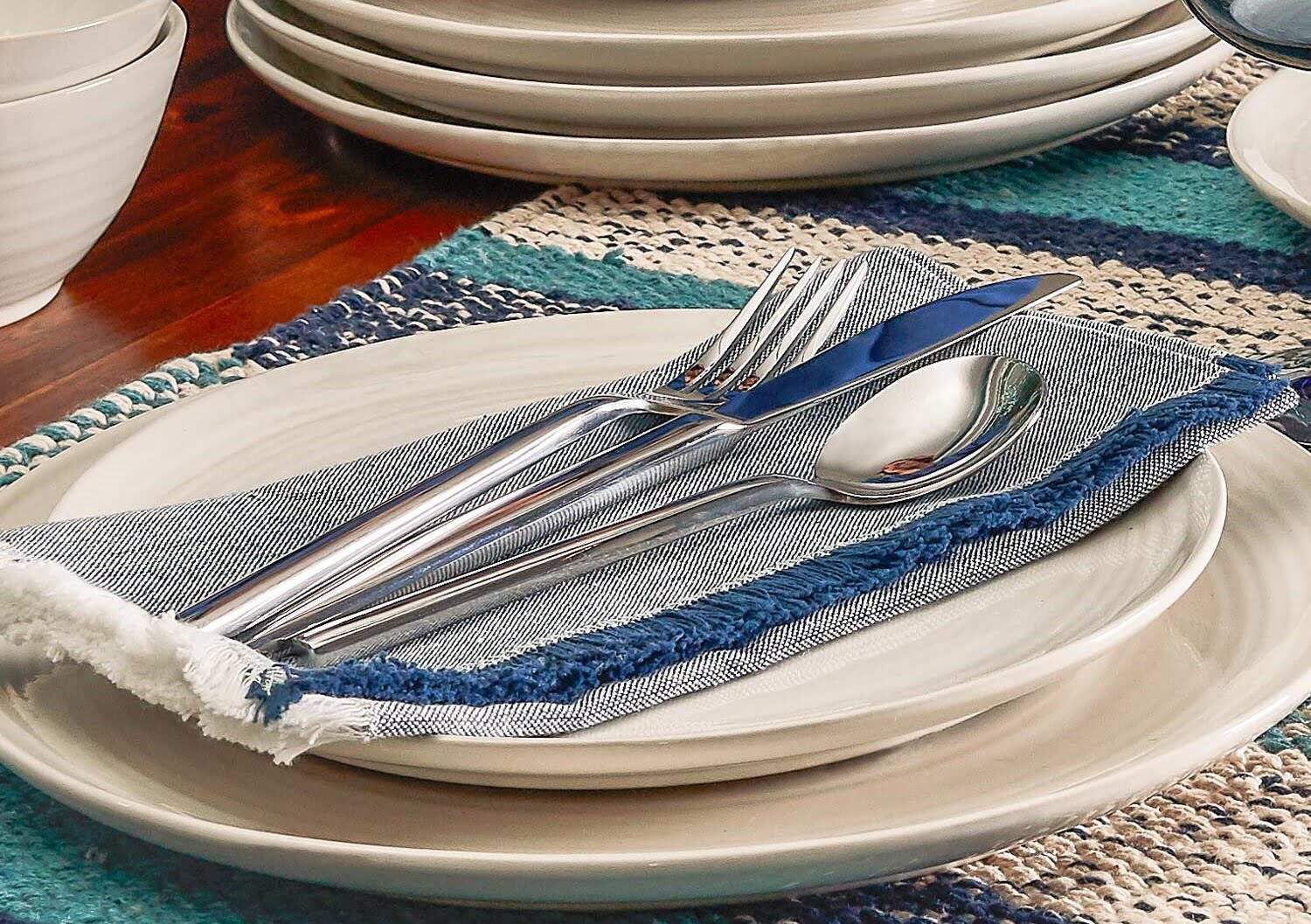

Tableware
Where Is Acopa Tableware Manufactured?
Modified: September 2, 2024
Discover where Acopa tableware is manufactured and the secrets behind its exceptional quality. Explore our extensive range of stylish and durable tableware options made to elevate your dining experience.
(Many of the links in this article redirect to a specific reviewed product. Your purchase of these products through affiliate links helps to generate commission for Storables.com, at no extra cost. Learn more)
Introduction
Acopa tableware has gained recognition as a leading brand in the world of tableware. Whether you’re a professional chef, a passionate foodie, or a hostess looking to elevate your dining experience, Acopa offers a wide range of exquisite tableware options to suit all occasions. From elegant dinnerware sets to beautifully crafted glassware and silverware, Acopa has become synonymous with style, quality, and sophistication.
With a strong focus on craftsmanship and attention to detail, Acopa tableware has become a household name, adorning tables in high-end restaurants, luxury hotels, and stylish homes alike. But have you ever wondered where this exceptional tableware is manufactured? In this article, we will delve into the world of Acopa tableware manufacturing, exploring the process, facilities, and factors influencing its production.
Join us as we embark on a journey to uncover the secrets behind Acopa’s manufacturing prowess. From the raw materials used to the state-of-the-art facilities, we will explore the intricate processes that transform these materials into the stunning tableware that graces tables around the world. Discover how Acopa ensures both quality and sustainability in its manufacturing practices, and how the choice of manufacturing location can affect the final product.
So, grab a cup of tea, and let’s dive into the fascinating world of Acopa tableware manufacturing. Be prepared to be amazed by the dedication, skill, and innovation that go into every piece of Acopa tableware that finds its way to your dining table.
Key Takeaways:
- Acopa tableware’s exceptional quality and craftsmanship are a result of strategic manufacturing locations, skilled artisans, and sustainable practices, ensuring a superior dining experience for discerning individuals.
- The choice of manufacturing location directly impacts the integrity and excellence of Acopa tableware, influencing factors such as raw material quality, skilled workforce availability, and environmental sustainability.
Acopa Tableware: An Overview
When it comes to tableware, Acopa is a name that stands for excellence. With a wide range of products that cater to diverse tastes and needs, Acopa tableware has become a go-to brand for those seeking sophistication and quality.
Acopa offers a comprehensive collection of tableware, including dinnerware sets, glassware, flatware, and serving dishes. Each piece is meticulously designed to combine style, functionality, and durability, making them a staple in both professional and home kitchens.
What sets Acopa apart is its commitment to craftsmanship. Every piece of tableware undergoes a meticulous manufacturing process to ensure it meets the highest standards of quality. From the initial design stage to the final production, Acopa’s artisans pour their expertise and passion into creating tableware that is not only visually appealing but also practical and long-lasting.
Acopa tableware is crafted from a variety of materials, including porcelain, stoneware, glass, and stainless steel. These materials are carefully chosen for their durability, aesthetic appeal, and ability to enhance the dining experience. Each collection showcases distinct features and designs, allowing customers to find the perfect tableware to suit their personal style and preferences.
In addition to its wide range of products, Acopa also offers customization options for those looking to add a personal touch. From monogrammed plates to engraved glassware, Acopa allows customers to create bespoke tableware that reflects their individuality and elevates their dining experience.
Acopa’s commitment to sustainability is another aspect that sets it apart from other tableware brands. The company strives to minimize its environmental impact by incorporating eco-friendly practices throughout the manufacturing process. From using eco-conscious materials to implementing energy-efficient production techniques, Acopa ensures that its tableware not only enhances the dining experience but also contributes to a greener future.
Whether you’re hosting a formal dinner party, setting the table for a casual gathering, or simply looking to elevate your everyday dining experience, Acopa tableware offers a range of options to suit every occasion and style. With its commitment to craftsmanship, quality, and sustainability, Acopa continues to be a trusted choice for discerning individuals who value excellence in their tableware.
Now that we have an overview of Acopa and its commitment to quality and sustainability, let’s delve into the manufacturing process that brings these exquisite tableware pieces to life.
The Manufacturing Process of Acopa Tableware
The journey of Acopa tableware begins with the careful selection of materials. Whether it’s porcelain, stoneware, glass, or stainless steel, each material is chosen for its unique properties and suitability for a particular collection. These materials undergo rigorous quality checks to ensure they meet Acopa’s high standards.
Once the materials are selected, the manufacturing process begins. For porcelain and stoneware tableware, it starts with clay preparation. The clay is refined, mixed with water, and shaped into the desired form using molds or by hand. The shaped pieces then go through a drying process to remove excess moisture.
Next, the dried pieces undergo the firing process. They are placed in kilns and exposed to high temperatures, which causes the clay to harden and become durable. This firing process also gives the tableware its characteristic glaze, which adds a layer of protection and enhances its appearance. Acopa takes pride in its glaze technology, ensuring that it is not only aesthetically pleasing but also safe for use with food.
Glassware manufacturing involves a different process. Glass is melted to a liquid state at high temperatures and then molded into various shapes, such as wine glasses, tumblers, or bowls. The molded glassware undergoes a cooling process to solidify and strengthen the structure.
Stainless steel tableware is created through a combination of cutting, shaping, and polishing. Sheet metal is cut into the desired shape, and then it goes through a series of processes like bending, welding, and polishing to achieve the final product. Acopa’s stainless steel tableware undergoes additional steps to ensure a mirror-like finish and exceptional durability.
Throughout the manufacturing process, quality control is a top priority for Acopa. Skilled artisans inspect each piece to ensure it meets design specifications and undergoes thorough testing to guarantee its durability and functionality. Acopa follows strict quality assurance protocols to provide customers with tableware that withstands the test of time.
From the initial design concept to the final inspection, the manufacturing process of Acopa tableware is a harmonious blend of artistry, precision, and advanced technology. Each piece is created with the utmost care and attention to detail, reflecting the brand’s commitment to delivering tableware of unmatched quality.
Now that we have explored the manufacturing process of Acopa tableware, let’s take a closer look at the facilities where these intricate processes take place.
Acopa Tableware Manufacturing Facilities
Acopa takes great pride in its state-of-the-art manufacturing facilities, which are strategically located to ensure efficient production and timely delivery of its exquisite tableware. These facilities are equipped with cutting-edge technology and adhere to stringent quality control measures to maintain the brand’s high standards.
Acopa has established manufacturing facilities in different regions to cater to the diverse materials and production processes involved in creating their tableware. These facilities are staffed by skilled artisans and technicians who bring years of experience and expertise to the manufacturing process.
One of the primary manufacturing facilities for Acopa tableware is located in the heart of the ceramics industry. This facility specializes in producing porcelain and stoneware tableware. Equipped with advanced machinery and equipment, it has the capacity to mold, shape, dry, and fire clay to create beautifully crafted pieces. The facility also houses specialized glazing chambers to ensure the application of flawless glazes that enhance the appearance and durability of the tableware.
For glassware production, Acopa has a dedicated manufacturing facility that focuses on the craftsmanship of glass. This facility boasts advanced glass-blowing techniques and state-of-the-art equipment to transform melted glass into stunning glassware. Skilled artisans work meticulously to mold and shape the glass, and strict quality control measures are implemented at every stage of the production process to ensure the highest level of quality and precision.
In addition to these facilities, Acopa also has specialized units for stainless steel tableware manufacturing. These units have cutting-edge machinery and equipment for cutting, shaping, welding, and polishing stainless steel to create durable and elegant tableware pieces. Skilled technicians meticulously craft each piece to meet Acopa’s stringent quality standards and aesthetics.
Acopa’s manufacturing facilities prioritize sustainability, implementing eco-friendly measures such as wastewater treatment, energy-efficient practices, and waste reduction initiatives. The brand is committed to minimizing its carbon footprint and ensuring that its manufacturing processes align with environmental standards.
The manufacturing facilities of Acopa serve as hubs of creativity, innovation, and precision, where skilled artisans and technicians work diligently to bring each tableware design to life. With their attention to detail, craftsmanship, and adherence to quality control protocols, these facilities play a pivotal role in ensuring that Acopa delivers tableware that exceeds customers’ expectations.
Now that we have explored Acopa’s manufacturing facilities, let’s delve into the factors that influence the choice of manufacturing locations for Acopa tableware production.
Acopa Tableware is manufactured in various countries, including China, Thailand, and Italy. Check the specific product details or contact the manufacturer for the exact country of origin.
Factors Influencing Acopa Tableware Manufacturing Locations
When deciding on manufacturing locations for Acopa tableware, several key factors come into play. These factors influence the selection of facilities and ensure optimal production efficiency, quality control, and timely delivery. Let’s explore some of the key factors that shape Acopa’s manufacturing locations.
1. Proximity to Raw Materials: One of the primary considerations for Acopa is the proximity to raw materials. Since different materials like clay, glass, and stainless steel are used in the production of tableware, it is essential to have manufacturing facilities located close to the sources of these materials. This reduces transportation costs and ensures the availability of high-quality raw materials needed for the production process.
2. Skilled Workforce: The expertise and craftsmanship of the workforce are crucial in creating exceptional tableware. Acopa looks for regions that have a pool of skilled artisans and technicians with experience in working with the specific materials used in tableware production. Access to a skilled workforce ensures the production processes are carried out with precision and attention to detail, resulting in top-quality tableware.
3. Infrastructure and Technology: Acopa’s manufacturing facilities are equipped with advanced technology and machinery to streamline production processes. The choice of location is influenced by the availability of infrastructure that supports these facilities, including reliable power supply, transportation networks, and access to necessary utilities. State-of-the-art technology enables efficient manufacturing, quality control, and adherence to design specifications.
4. Market Proximity: Manufacturing locations are often chosen based on their proximity to target markets. Acopa considers factors such as shipping costs, lead times, and logistical efficiency in determining the best locations for its manufacturing facilities. By positioning production centers near major markets, Acopa can ensure timely delivery and optimize its supply chain management, reducing order fulfillment time and costs.
5. Economic Considerations: Economic factors play a significant role in selecting manufacturing locations. Acopa assesses factors such as labor costs, taxation, government regulations, and incentives in different regions. By considering these factors, Acopa can optimize production costs without compromising on quality, ensuring competitive pricing for its tableware products.
6. Supplier Networks: Acopa relies on a network of suppliers who provide raw materials, components, and equipment necessary for the manufacturing process. The proximity of manufacturing facilities to these suppliers ensures streamlined procurement processes and minimizes logistical challenges. Building strong supplier relationships helps Acopa maintain quality, reliability, and consistency in its tableware production.
7. Environmental Regulations: Acopa prioritizes sustainability and environmental responsibility. Manufacturing locations are chosen based on regions with favorable environmental regulations and an emphasis on eco-friendly practices. This ensures that Acopa can adhere to its commitment to reducing its environmental footprint and employing sustainable manufacturing processes.
By considering these factors, Acopa strategically selects manufacturing locations that align with its goals of efficiency, quality, and environmental sustainability. The combination of proximity to raw materials, skilled workforce availability, advanced technology, market proximity, economic considerations, supplier networks, and adherence to environmental regulations all contribute to Acopa’s ability to deliver exceptional tableware products.
Now let’s explore the importance of environmental sustainability in Acopa’s manufacturing practices.
Read more: Where Is Acopa Glassware Made
Environmental Sustainability in Acopa Tableware Manufacturing
Acopa understands the importance of environmental sustainability and strives to minimize its ecological footprint throughout the manufacturing process. The brand is committed to responsible and eco-conscious manufacturing practices that prioritize conservation, waste reduction, and the use of sustainable materials. Let’s explore the various ways Acopa promotes environmental sustainability in its tableware manufacturing.
1. Sustainable Materials: Acopa prioritizes the use of sustainable materials in its tableware manufacturing. For example, porcelain and stoneware used in the production process are sourced from responsibly managed clay mines. These materials are chosen not only for their quality and durability but also for their minimal impact on the environment. Acopa also utilizes recycled glass in its glassware manufacturing, reducing the demand for new raw materials.
2. Energy Efficiency: Acopa places a premium on energy-efficient manufacturing practices. Its facilities are equipped with energy-saving technologies and processes, such as using high-efficiency kilns and optimizing production schedules to minimize energy consumption. Additionally, Acopa invests in renewable energy sources, such as solar or wind, to power its facilities, further reducing its carbon footprint.
3. Water Management: Acopa pays careful attention to water usage and management in its manufacturing processes. Water is a precious resource, and Acopa implements measures to minimize consumption and reduce wastewater. Advanced water recycling and treatment systems are in place to ensure responsible water use, and rainwater harvesting techniques are employed where feasible.
4. Waste Reduction and Recycling: Acopa aims to minimize waste generation and maximize recycling efforts. The manufacturing process prioritizes waste reduction through careful material selection and production planning. Any waste generated, such as broken pieces or excess materials, is recycled whenever possible. Acopa also works closely with recycling partners to ensure that post-consumer waste is properly managed and diverted from landfills.
5. Packaging and Logistics: Acopa is conscious of the environmental impact of packaging and logistics. The brand utilizes recyclable and eco-friendly packaging materials, reducing the use of plastics and opting for sustainable alternatives. Moreover, Acopa optimizes its logistics operations to minimize carbon emissions, exploring efficient transportation routes and promoting consolidation efforts to reduce the overall environmental footprint associated with shipping.
6. Certifications and Compliance: Acopa adheres to international standards and certifications that validate its commitment to environmental sustainability. The brand ensures compliance with regulations related to waste management, emissions control, and eco-friendly practices. By obtaining certifications such as ISO 14001, Acopa demonstrates its dedication to sustainable manufacturing.
Acopa firmly believes that environmental sustainability is not just a responsibility but an integral part of delivering high-quality tableware. By continuously evaluating and improving its manufacturing processes, Acopa strives to minimize its environmental impact and contribute to a more sustainable future.
The commitment to sustainability extends beyond manufacturing facilities, as Acopa also raises awareness among customers about the importance of sustainable consumption practices. By choosing Acopa tableware, individuals become part of a movement towards a greener and more environmentally conscious lifestyle.
Through sustainable materials, energy efficiency, responsible water management, waste reduction and recycling initiatives, eco-friendly packaging, and adherence to certifications, Acopa takes significant strides towards reducing its environmental impact while maintaining the exceptional quality that it is renowned for.
Now, let’s explore how the choice of manufacturing location can impact the quality of Acopa tableware.
The Impact of Manufacturing Location on Acopa Tableware’s Quality
The choice of manufacturing location plays a crucial role in determining the quality of Acopa tableware. Several factors associated with the manufacturing location directly influence the craftsmanship, materials, and overall integrity of the final product. Let’s explore how the manufacturing location impacts the quality of Acopa tableware.
1. Proximity to Skilled Artisans: Manufacturing facilities located in regions known for their skilled artisans can have a positive impact on the quality of Acopa tableware. Access to a pool of experienced craftsmen who possess specialized knowledge and techniques ensures that each piece of tableware is meticulously crafted with exceptional attention to detail. The skill and expertise of the artisans contribute to the overall quality and aesthetics of the final product.
2. Quality of Raw Materials: The manufacturing location can affect the availability and quality of the raw materials used in tableware production. Facilities located in close proximity to reputable suppliers of high-quality materials, such as clay for porcelain or stoneware, or glass for glassware, have an advantage in sourcing superior raw materials. The quality of the raw materials directly impacts the durability, appearance, and overall performance of the finished tableware.
3. Manufacturing Technology and Infrastructure: The manufacturing location’s access to advanced technology and infrastructure can significantly influence the quality of Acopa tableware. Facilities equipped with modern machinery, precise manufacturing processes, and quality control systems can ensure consistent production of high-quality tableware. Cutting-edge technology enables more precise shaping, accurate glazing, and efficient production, resulting in tableware that meets or exceeds quality standards.
4. Quality Control Measures: The manufacturing location’s commitment to stringent quality control measures directly impacts the final quality of Acopa tableware. Facilities that have robust quality assurance protocols in place, such as regular inspections, rigorous testing, and adherence to industry standards, can ensure that each piece of tableware undergoes thorough scrutiny before it reaches the market. This ensures that only the highest quality products with impeccable craftsmanship make their way into customers’ hands.
5. Environmental Factors: The manufacturing location’s environmental conditions, such as climate and air quality, can indirectly impact the quality of Acopa tableware. For instance, optimal humidity levels during the drying and firing processes for porcelain or stoneware can result in stronger, crack-free pieces. Clean air quality can also prevent contamination during the production process, ensuring the purity of the final tableware.
6. Quality Assurance Training: The manufacturing location’s emphasis on continuous training and skill development for its employees can greatly influence the quality of Acopa tableware. Facilities that invest in comprehensive training programs and provide ongoing education to their workforce contribute to a culture of excellence and craftsmanship. Skilled workers who are well-trained in quality assurance techniques contribute to the production of superior tableware.
By carefully selecting manufacturing locations that prioritize skilled artisans, quality raw materials, advanced technology, robust quality control measures, favorable environmental conditions, and ongoing training programs, Acopa can ensure that its tableware maintains a superior level of quality.
The dedication to quality is a core value of Acopa, reflected in every aspect of its manufacturing practices. By considering these factors in the choice of manufacturing locations, Acopa continues to deliver tableware that exceeds customer expectations and upholds its reputation for excellence.
Now, let’s conclude our exploration of Acopa tableware and the manufacturing process that brings these exquisite pieces to life.
Conclusion
Acopa tableware has established itself as a brand synonymous with style, quality, and sophistication. Through its meticulous manufacturing process, utilizing a range of materials including porcelain, stoneware, glass, and stainless steel, Acopa creates tableware that delights both professionals and home users.
The manufacturing process of Acopa tableware is a harmonious blend of craftsmanship, advanced technology, and attention to detail. From the selection of high-quality raw materials to the use of energy-efficient practices and stringent quality control measures, Acopa ensures that each piece of tableware meets the highest standards of excellence.
The choice of manufacturing location greatly influences the quality of Acopa tableware. Proximity to skilled artisans, access to superior raw materials, advanced technology, robust quality control measures, and favorable environmental conditions all contribute to the exceptional craftsmanship and integrity of the final products.
Acopa is not only committed to creating high-quality tableware but also to upholding its environmental responsibility. From utilizing sustainable materials and implementing energy-efficient practices to prioritizing waste reduction and recycling, Acopa strives to minimize its ecological footprint and contribute to a greener future.
By selecting manufacturing locations strategically, Acopa optimizes the production process, ensures timely delivery, and maintains competitive pricing. These locations are chosen based on factors such as proximity to raw materials, skilled workforce availability, market proximity, economic considerations, supplier networks, and adherence to environmental regulations.
Through its dedication to quality, craftsmanship, sustainability, and customer satisfaction, Acopa continues to be a trusted choice for those seeking exquisite tableware. Whether it’s a formal dinner party or a casual gathering, Acopa tableware enhances the dining experience with its beauty, functionality, and durability.
As you set your table with Acopa tableware, you not only add elegance to the moment but also contribute to a more sustainable world. With each exquisite piece, Acopa’s commitment to quality and environmental responsibility shines through, making your dining experience even more special.
So indulge in the artistry and sophistication of Acopa tableware, knowing that every piece is crafted with passion, skill, and a dedication to perfection. Elevate your dining experience, create lasting memories, and cherish the beauty of Acopa tableware for years to come.
Frequently Asked Questions about Where Is Acopa Tableware Manufactured?
Was this page helpful?
At Storables.com, we guarantee accurate and reliable information. Our content, validated by Expert Board Contributors, is crafted following stringent Editorial Policies. We're committed to providing you with well-researched, expert-backed insights for all your informational needs.
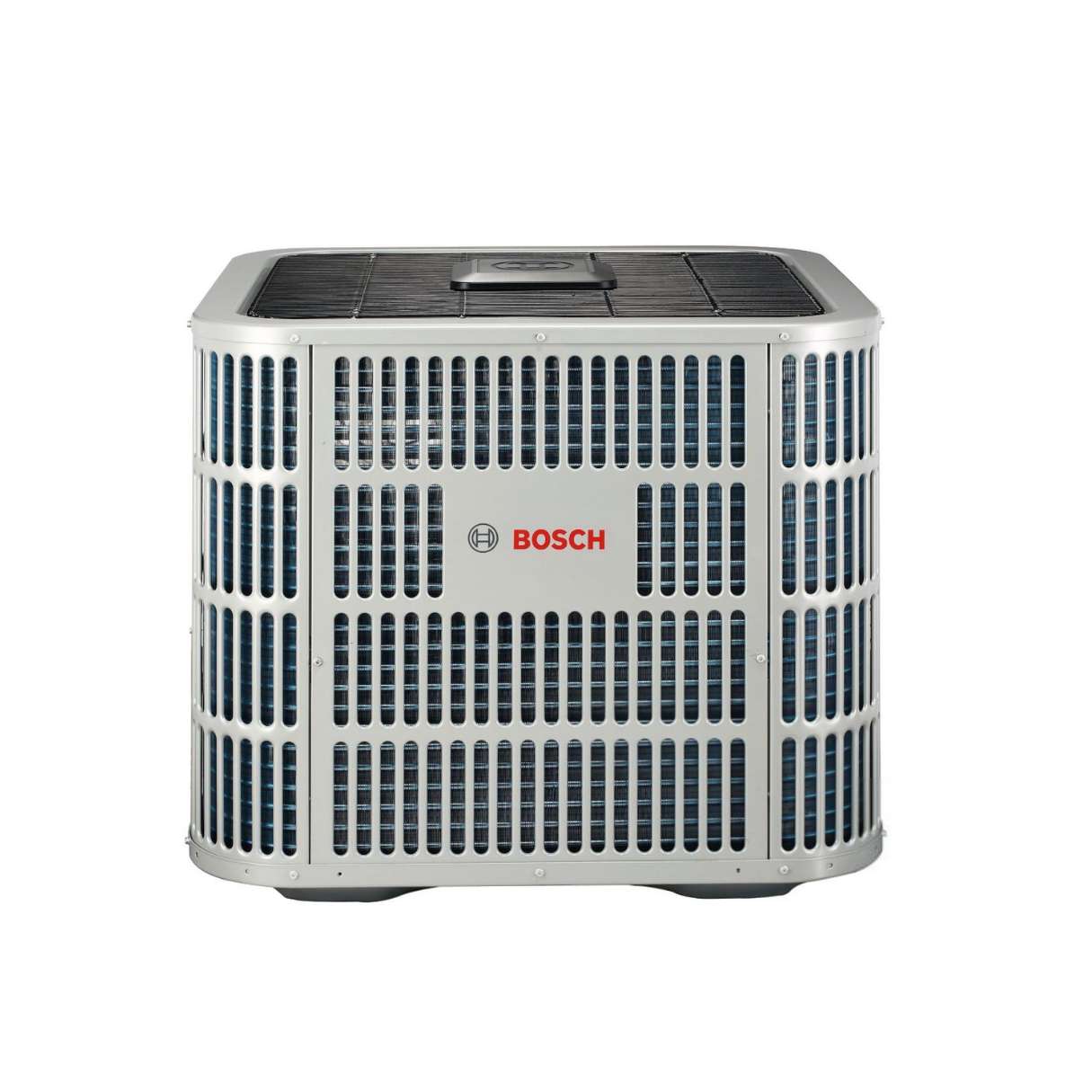

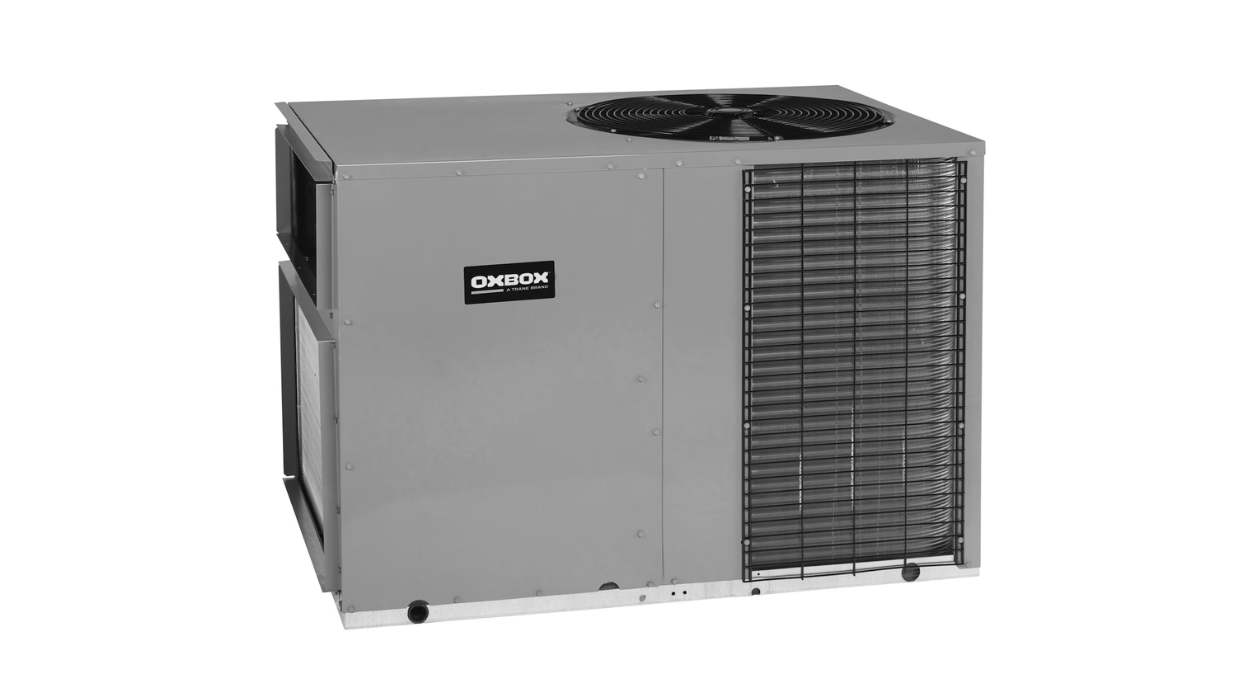
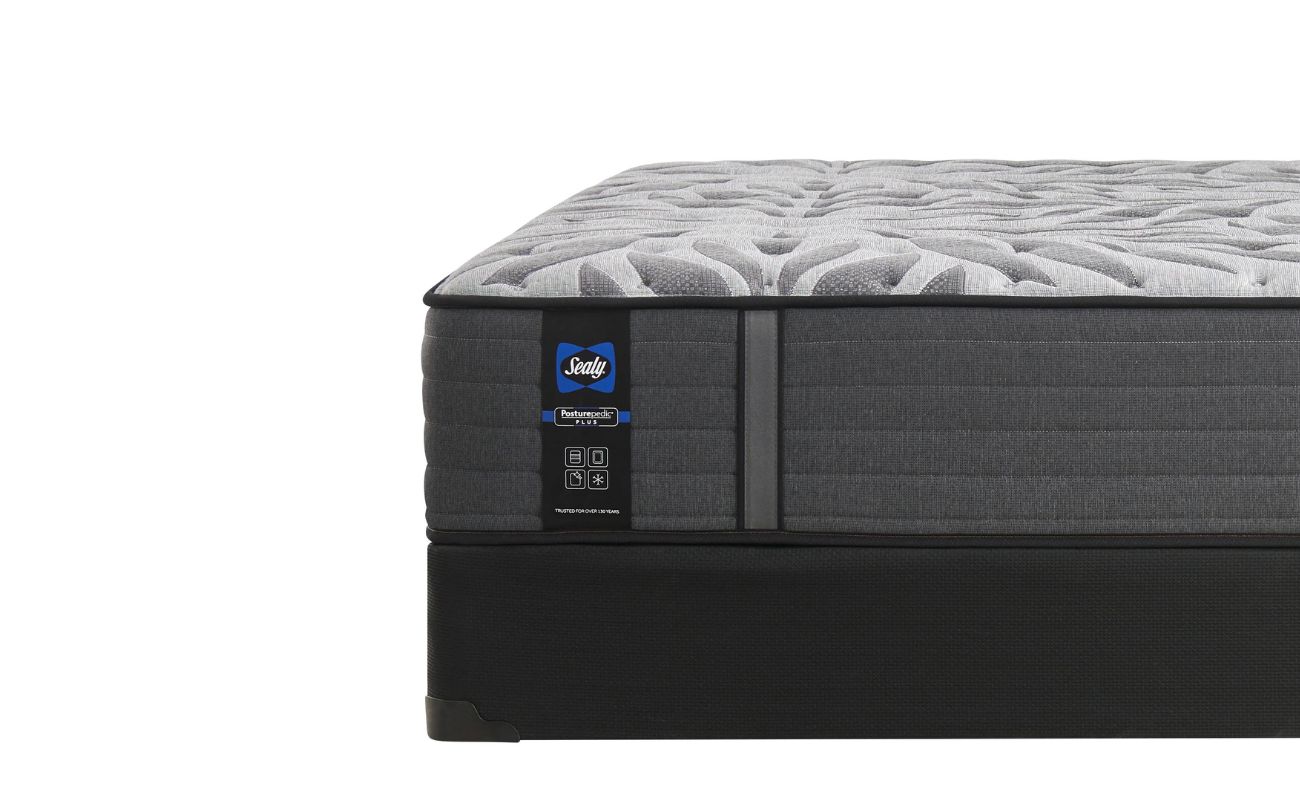
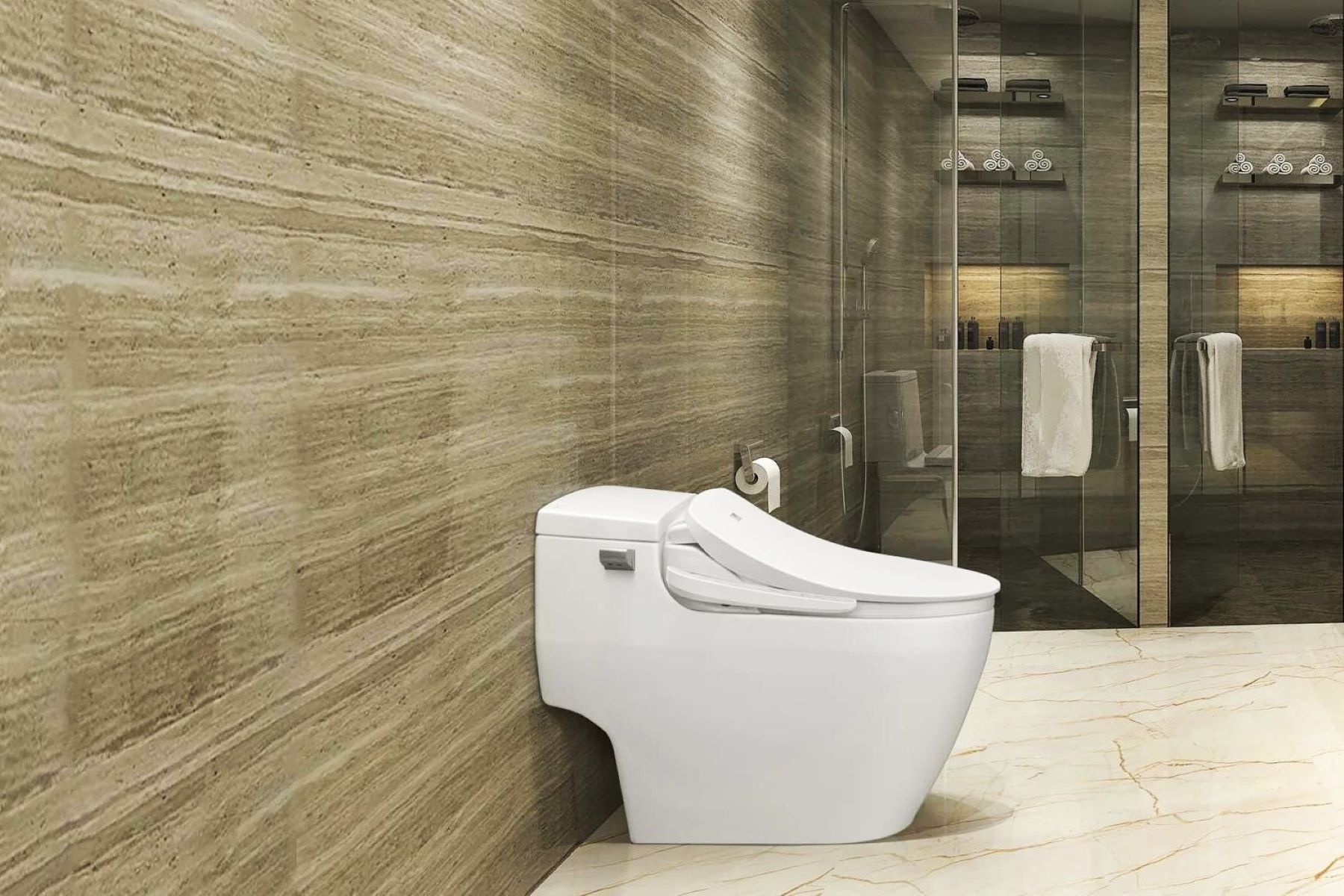
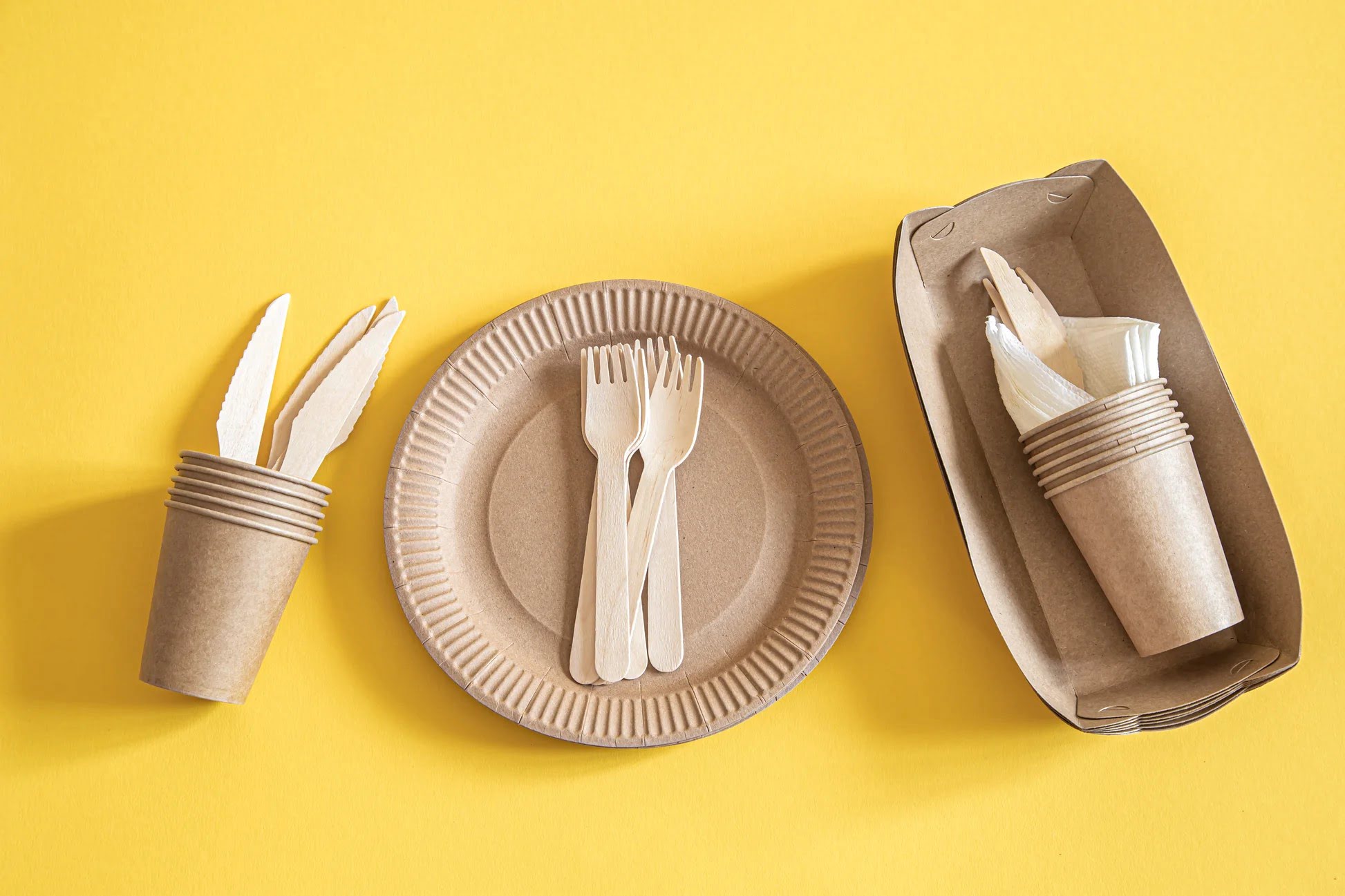
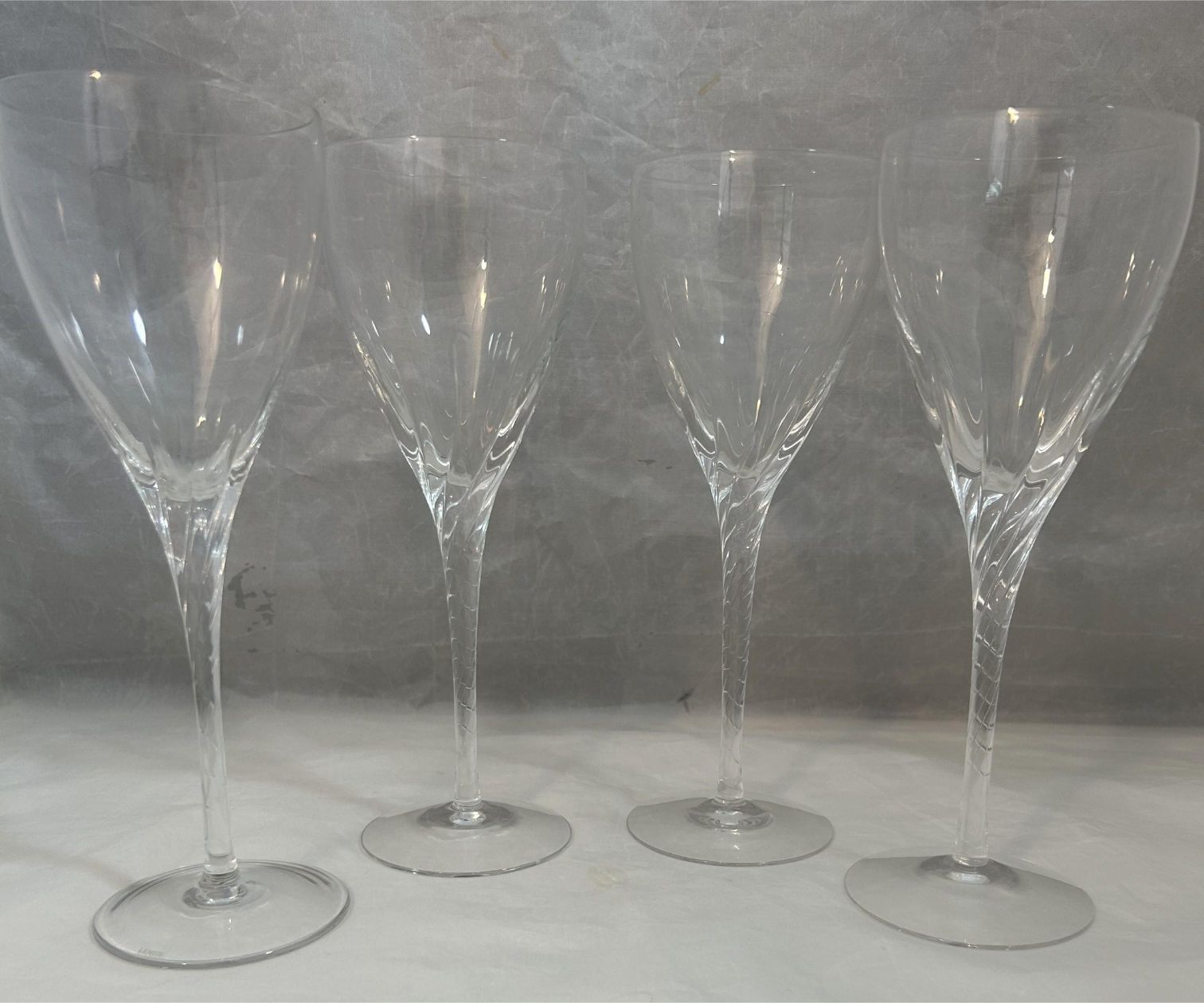
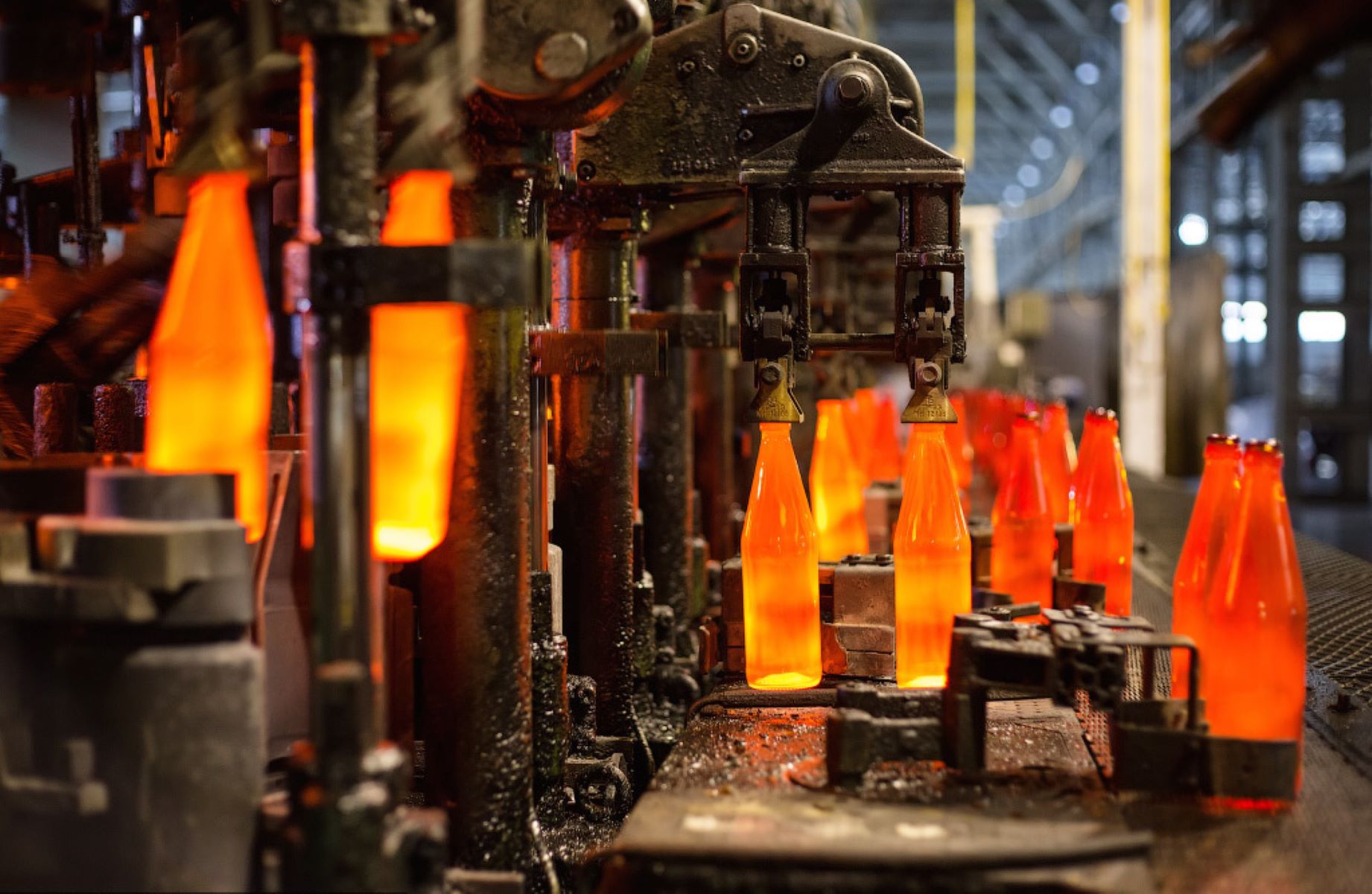
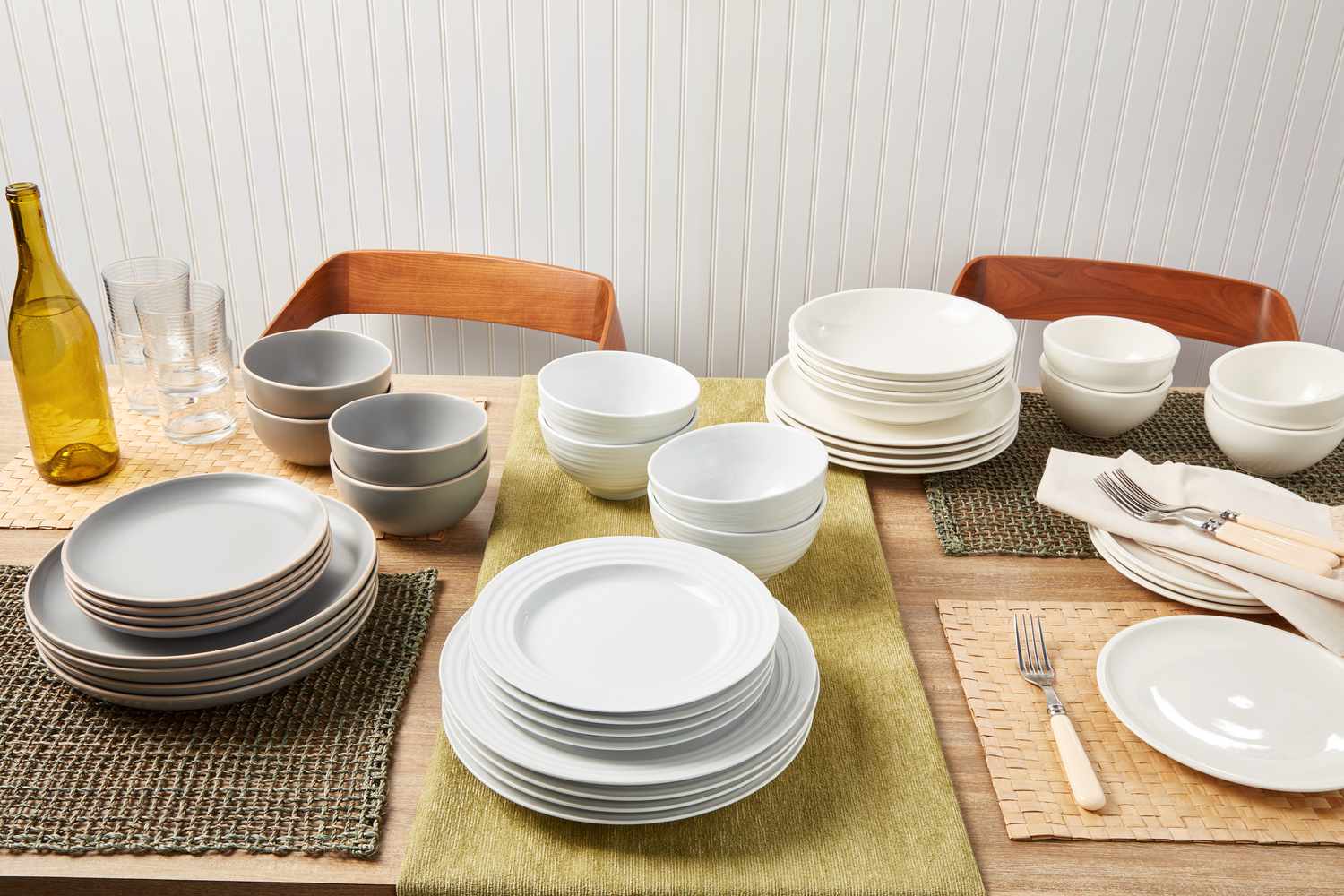


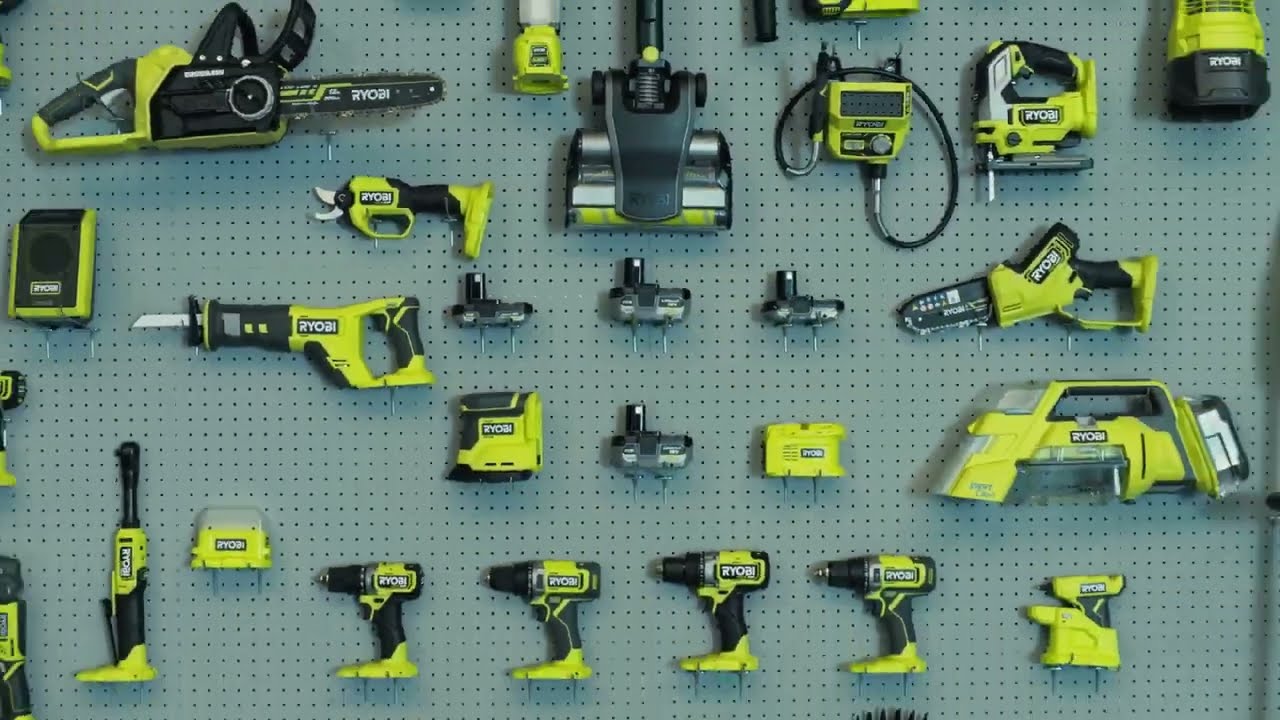
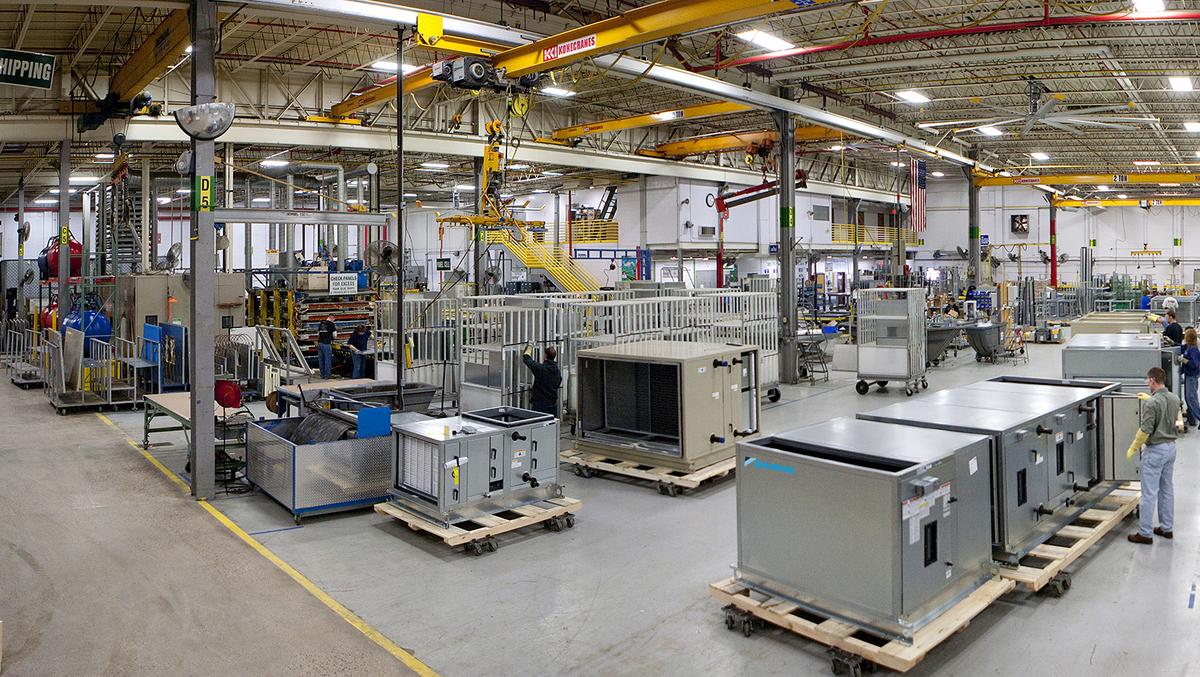
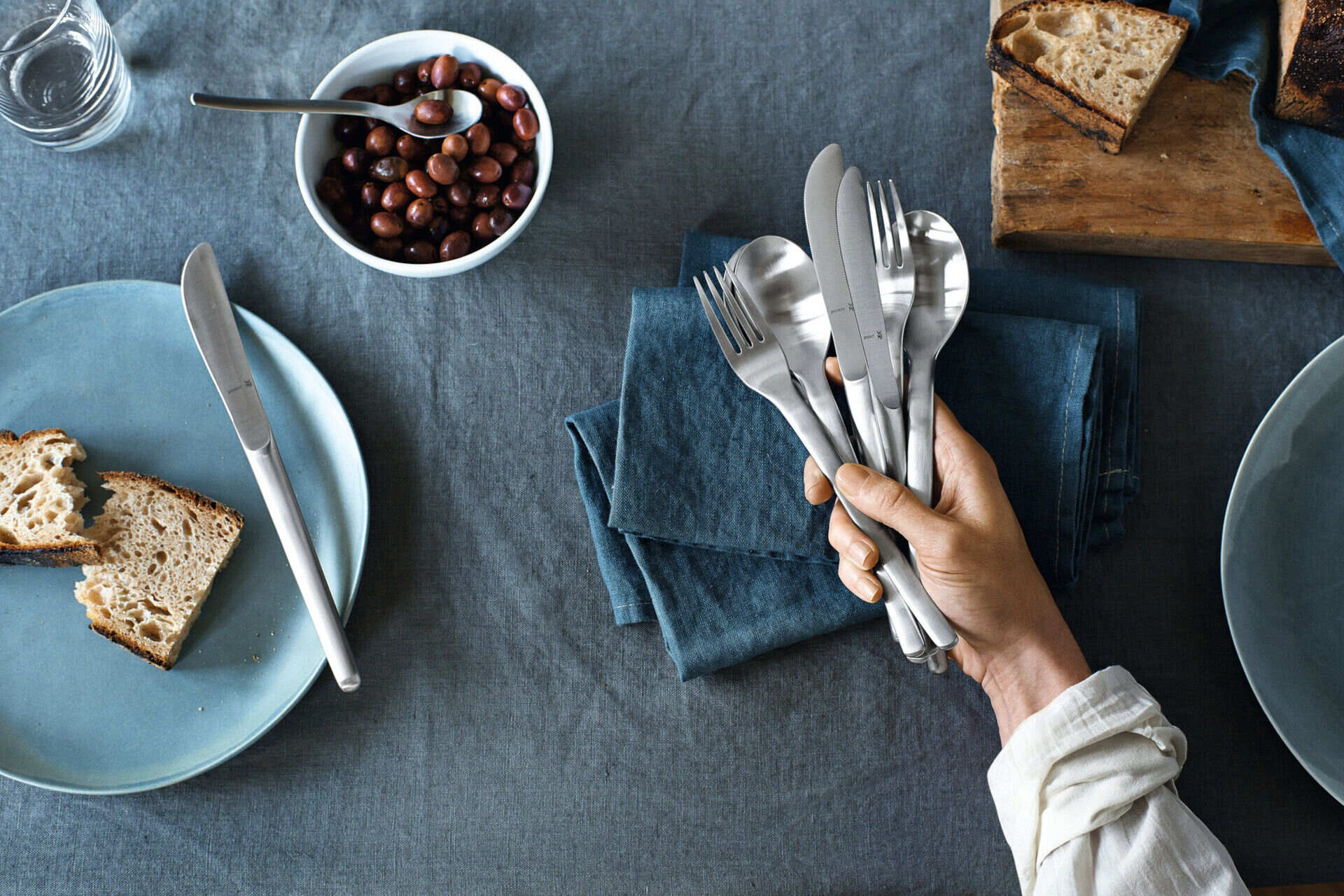

0 thoughts on “Where Is Acopa Tableware Manufactured?”